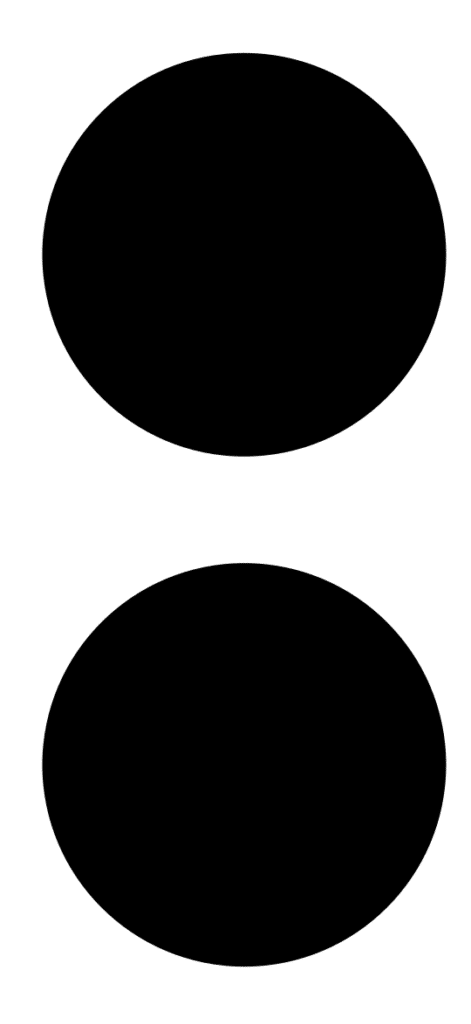Table of Contents
ToggleA New York real estate developer and custom home builder reached out to us recently requesting 3D renderings, and we gladly accepted the challenge affecting the art, architectural detailing and customization aspects of the project. The customer wanted to see both the exterior and the interior renderings to get an idea of the design of the planned luxury house. This comprised of three outer elevations and five inner views of the spaces, including the kitchen, living and bathing areas and sleeping quarters. Furthermore, he hoped to see the kitchen and living area viewer from the same angle to help buyers visualize how these rooms would work together.
As a reference, the client provided us with a basic 2D plan and a few inspirational pictures but had no material or design specifications. He gave us this chance and challenge, though, to help him realize his plan. Our level of trust also provided us with the opportunity and challenge to choose finishes, furniture and design elements appropriate for the intended place and architectural style.
Step 1: Gaining Insight into the Client's Ideas and Emotions
As a reference, the client provided us with a basic 2D plan and a few inspirational pictures but had no material or design specifications. He gave us this chance and challenge, though, to help him realize his plan. Our level of trust also provided us with the opportunity and challenge to choose finishes, furniture and design elements appropriate for the intended place and architectural style.
Step 2: Working out the Idea with the Help of a 3D Visualization
Completing our reference collection, we proceeded to the first stage of the work – developing the basic three dimensional models. The intention was to emphasize the specific characteristics of each of the houses in different external shot views of the building. There are realistic images that sense the spaces, light, textures, landscapes and features fitting the purpose of the architecture. For the two oblique views of the front elevation two camera positions were chosen in order to focus on the views of the entrance to the house, the site and the elevation of the house front. The only back view was focused on the arrangement of the site and the incorporation of the assisting features like the greenery into the building.
We began with the kitchen as it is one of the most important areas in almost every house. In order to achieve both style and practicality we decided to go for modern cabinets, high quality appliances, and a combination of cool and warm colors. The subsequent areas such as living room, bathroom, bedroom and combined kitchen living also adhered to the same design concepts but in terms of the arrangement, lighting and mood. This was necessary because the intention was to achieve a warm and classy space that prospects would desire to live in.
Step 3: Integrating Client Input and Subsequent Edits
When the 3D models were finished, we arranged for a client brief. He was sent the images as parts. Such an action enabled him to comprehend the integration of the entire concept and provide some input. Clients’ input is very important as it aids in holding the renderings true to the intention. In this particular case, the client made several requests to the internal designers regarding primary and secondary exterior design concepts. We already made corrections to these dresses, and we forwarded them to him for further.
Step 4: High-Resolution 4K Images
With final approval, we proceeded to the next phase which was the renderings in high resolution 4k. The renders’ detail would enable these images to be used for presentations, in digital advertising and marketing as well as in print. Integrating such beautiful image quality means that the client is provided with several resources that could be used for different purposes on a given property, from having potential investors to showcase the properties for sales. The final images were in a jaw-dropping resolution and realistic qualities that emphasized the many angles and best highlights of the property’s surrounding environment and all areas of the interior designs.
Frequently Asked Questions (FAQs)
Q: What documents or materials do you need for a 3D rendering project?
More often than not we ask for architectural blueprints, elevations and any other design specifications. Reference pictures also work great to capture the intended design and feel.
Q: For a project of this nature and magnitude, how long does it take to complete fully?
This all depends on how complex the project is, but a set like an exterior and interior rendering can take one to two weeks based on early concept, comments from the client and changes.
Q: Am I able to make changes even after the first 3D images are shown?
Sure! We do seek people’s opinions about the product while it is still an idea. By taking this collaborative stand, the end results do not stray from the intended results that the client hoped for during his brief.
Q: What advantages are offered if you use 4K resolutions on renderings?
With 4K resolution, you can display impressive details, which is why it’s perfect for the best quality showcases, exhibits, and even printed media. For example, this sharpness gives professionalism to potential buyers or investors who are easily impressed by such things.
Q: What if I don’t have any specifics? Do you help in choosing the materials?
Of course. The team performs a study of local aesthetics, fashion trends, and style of the project so make relevant suggestions. We also work with your comments to improve these selections.
The 3D Rendering Process: All the Stages in Order
Client Consultation: We start by collecting all information necessary for your project including preferences for the layout of the structures, the materials to use and the purpose of the renders. This is the first step that helps to avoid scope changes later on in the project.
Collecting Materials: In this step, our team locates and compiles any architectural files, two-dimensional arts, or photo references. These resources serve as the foundation for accurate, realistic renderings.
Basic 3D Model: We create an initial 3D model that portrays correct proportions, spatial organization, major design features, so that it conforms to the architectural blueprints.
Design and Material Selection: We use materials supplied by the client or scouted images of materials to choose suitable materials, textures, and decorative items for the model. This stage completes the model as it makes it interesting to look at.
**Rendering and Screenshots: The first drafts of renderings are created and sent as screenshots to the client for comments. This step is important because there can be revisions such that the client expectations are met.**
**Final Render Delivery: Both of which are fit for promotional use and are of high resolution ready for marketing, presentations or investor selling as soon as they are given the go ahead. We shall render the images in the manner that you wish.**
**The Benefits of Hiring a 3D Rendering Company for Custom Home Builders**
In regards to custom home building, working with a three-dimensional rendering company can revolutionize the strategies used by custom home builders for the reason that such an organization provides them with amazing visuals and tools to improve the design and the interaction with the clients.
**Enhanced Communication and Visualization: With the use of 3D renderings, it is possible to translate the building plans into an image that the intended audience can comprehend. This ensures that custom home builders easily explain to the clients the given designs and therefore, the chances of miscommunication are reduced enhancing satisfaction amongst the clients.**
**Faster Design Changes: As a result of 3D rendering, builders can make quick revisions to the layout, construction materials and even the finishes before the building process begins. This adaptability greatly reduces the need for expensive modification during the construction phase and promotes the satisfaction of builders as the designers are likely to understand the clients’ desires during the design phase.**
Best Marketing Materials Anne Jois, PhD:
Stunning 3D renderings deserve to be included in such materials as advertising brochures, and websites. Builders can use these realistic pictures in marketing campaigns for prospective buyers, allowing them to envision the era when the house is complete. A perfect situation for such images since luxury buyers would emphasize on visuals first.
Time and Cost Savings:
Physical models or repeated field visits for the same project become lesser with the incorporation of a clear and high quality rendering. Custom home builders will lessen the costs associated with the traditional model making and the management of presentations to their clients.
Competitive Advantage in the Market:
Having 3D rendering in a competitive construction market would put a Custom Home Builder in an advantageous position with an edge over the competitors. Such market promotion tools attract and portray clients who are looking to build a custom home that is classy and with details that are well displayed.
Improved Customer Trust and Satisfaction:
A good 3D rendering offers a realistic view of what their future house would look like, thus building trust in the capability of the builder. The clients are more likely to be happy with the end product when it is apparent to them that their vision has been listened to.
Future Growth and Adaptability:
If a builder possesses a set of good 3D renderings, they would be able to use it in future projects, presentations and marketing. Such growth helps builders use their visuals in the manner they want, thus ensuring that the dividends of their investment will always be returned.
Final Thoughts:
For custom home builders, a 3D rendering company is not only about the visuals but rather an investment towards better collaboration and communication, better design and marketing. Showing true representations of the projects allows builders to make sure their clients’ experience with them is as pleasant and satisfying as possible, which is crucial in a competitive market. From showcasing a high-end interior, detailed outlining and elevation of a house and how the entire design works together- high end 3D renderings is a strong weapon in creating visions.

